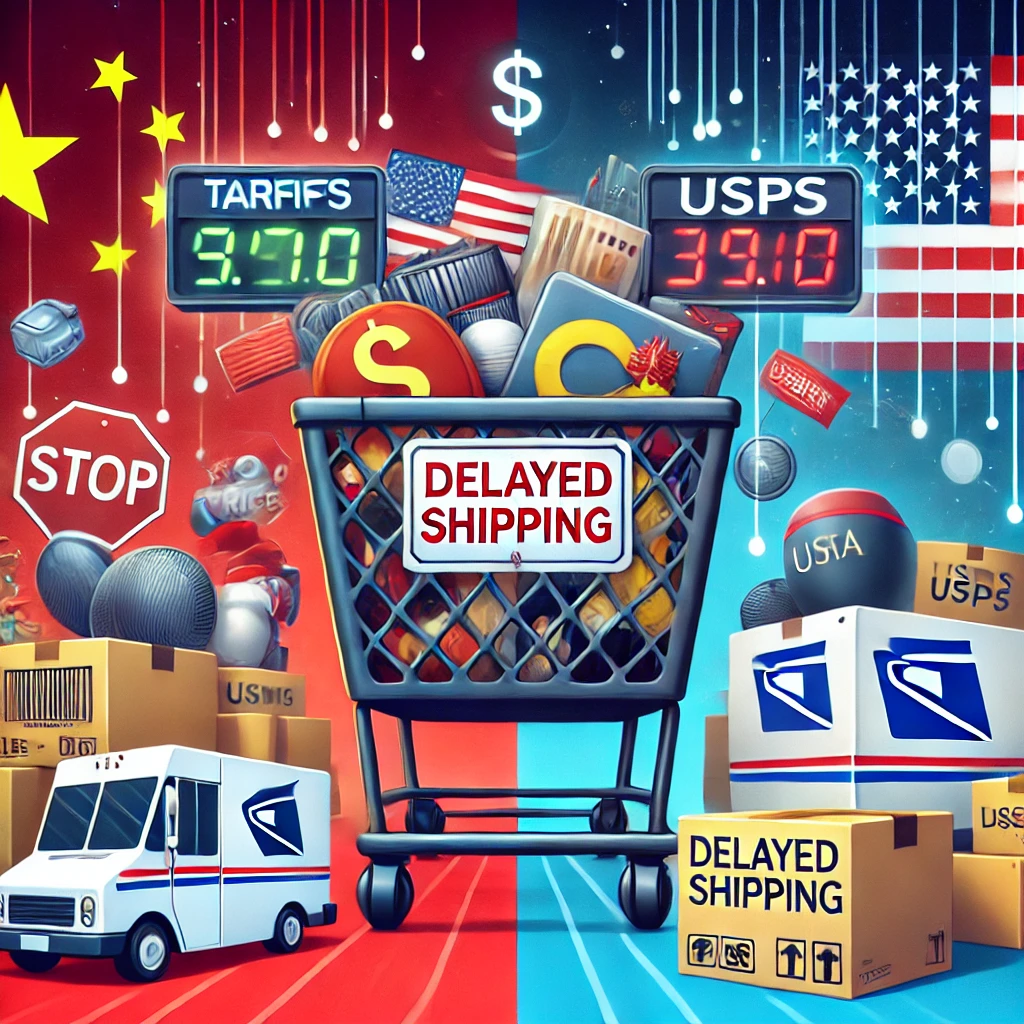How President Trump’s Tariffs on China Could Reshape Shopping Apps Like Temu and Shein—And What the USPS Changes Mean for Consumers
In recent years, shopping apps like Temu and Shein have taken the e-commerce world by storm, offering consumers access

In recent years, shopping apps like Temu and Shein have taken the e-commerce world by storm, offering consumers access to incredibly affordable products shipped directly from China. From trendy clothing to household gadgets, these platforms have become go-to destinations for bargain hunters. However, the landscape for these apps—and their millions of users—could be on the brink of significant change. President Trump’s proposed tariffs on Chinese goods, coupled with the U.S. Postal Service’s (USPS) recent decision to halve packages from China, may disrupt the low-cost, fast-shipping model that has made these apps so popular.
The Tariff Threat: A New Cost for Cheap Goods
President Trump’s renewed push for tariffs on Chinese imports is part of a broader strategy to reduce U.S. reliance on Chinese manufacturing and protect domestic industries. If implemented, these tariffs could impose additional costs on goods imported from China, including those sold on platforms like Temu and Shein. While the exact impact will depend on the scope and scale of the tariffs, one thing is clear: the days of ultra-cheap products may be numbered.
For apps like Temu and Shein, which rely heavily on their ability to offer rock-bottom prices, even a small increase in costs could be a game-changer. These platforms have built their business models on the premise of cutting out middlemen and sourcing directly from Chinese manufacturers. However, tariffs could force them to either absorb the additional costs—eating into their already thin profit margins—or pass them on to consumers. Either scenario could weaken their competitive edge.
For consumers, this could mean higher prices for everything from $5 dresses to $10 kitchen gadgets. While the apps may still offer lower prices than many domestic retailers, the price gap could narrow significantly, making them less attractive to budget-conscious shoppers.
The USPS Decision: A Delivery Dilemma
Adding to the challenges faced by Temu, Shein, and similar platforms is the USPS’s recent decision to reduce the volume of packages it accepts from China. This move is part of an effort to address the overwhelming influx of low-cost packages entering the U.S. under the “de minimis” rule, which allows goods valued at less than $800 to enter the country duty-free. Critics argue that this rule has been exploited by Chinese retailers, flooding the U.S. market with cheap goods and undermining domestic businesses.
By halving the number of packages it accepts from China, the USPS is effectively creating a bottleneck in the supply chain. For shopping apps that rely on fast, affordable shipping to attract customers, this could lead to delays and increased shipping costs. Consumers may find themselves waiting longer for their orders, or paying more for expedited delivery—factors that could further erode the appeal of these platforms.
What This Means for the Future of E-Commerce
The combination of tariffs and USPS restrictions could have far-reaching implications for the e-commerce industry. For Temu and Shein, the challenge will be finding ways to maintain their low prices and fast shipping times in the face of rising costs and logistical hurdles. Some possible strategies include:
- Diversifying Supply Chains: Moving production to other countries with lower labor costs, such as Vietnam or India, could help these platforms avoid tariffs and reduce reliance on Chinese manufacturing.
- Investing in U.S. Warehousing: By storing inventory in the U.S., Temu and Shein could potentially offer faster shipping times and avoid some of the challenges associated with international shipping.
- Raising Prices: While this may be the least popular option with consumers, it could be necessary to offset the impact of tariffs and higher shipping costs.
For consumers, the changes could mean a shift in shopping habits. As the cost advantage of Chinese shopping apps diminishes, more shoppers may turn to domestic retailers or other e-commerce platforms that offer competitive pricing without the wait.
The Bigger Picture: Trade, Tariffs, and Consumer Choice
The potential impact of Trump’s tariffs and USPS restrictions on shopping apps like Temu and Shein highlights the interconnected nature of global trade and consumer behavior. While these measures are aimed at protecting U.S. industries and addressing trade imbalances, they could also have unintended consequences for consumers who have come to rely on affordable, convenient access to goods from China.
As the situation evolves, one thing is certain: the e-commerce landscape is poised for change. Whether Temu, Shein, and similar platforms can adapt to these new challenges will determine their future success—and the choices available to consumers in an increasingly complex global market.
In the meantime, shoppers may want to take advantage of the current low prices while they last. After all, in the world of e-commerce, change is the only constant.
Discover more from BenHall.club
Subscribe to get the latest posts sent to your email.






